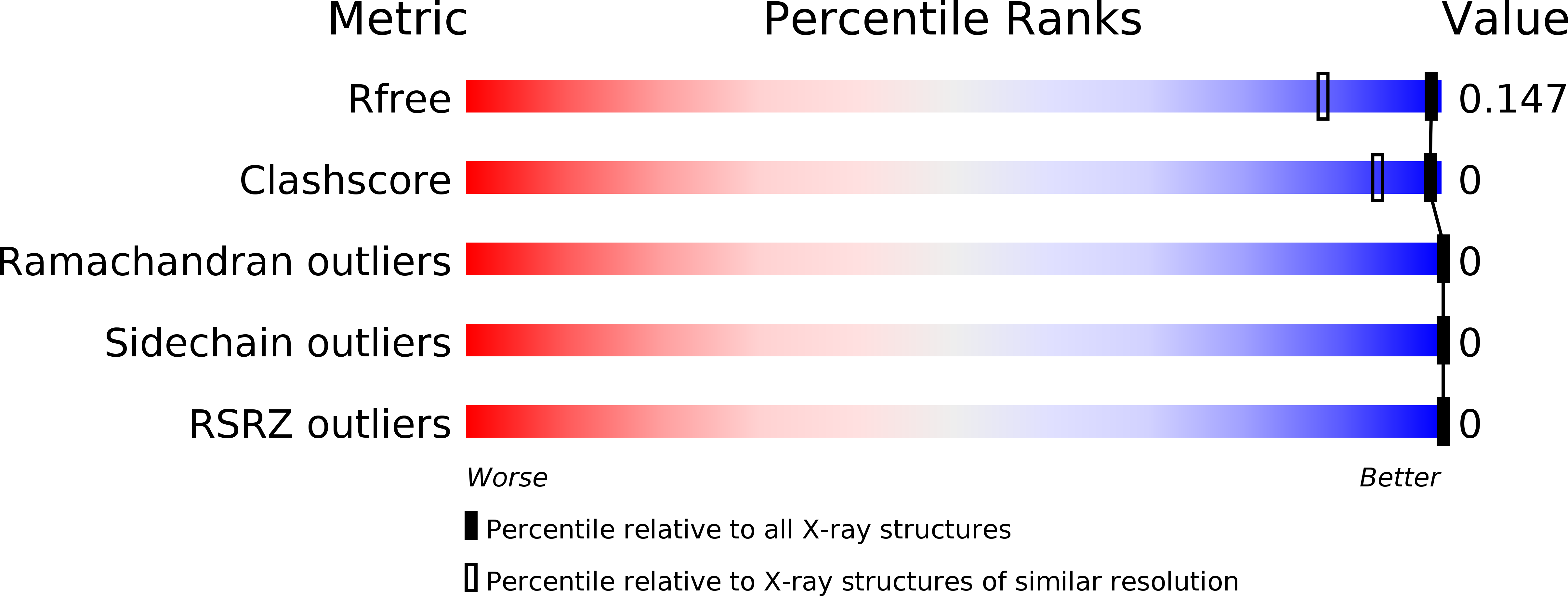
Deposition Date
2015-12-23
Release Date
2016-03-02
Last Version Date
2023-09-27
Entry Detail
PDB ID:
5H8T
Keywords:
Title:
Crystal structure of human cellular retinol binding protein 1 in complex with all-trans-retinol
Biological Source:
Source Organism:
Homo sapiens (Taxon ID: 9606)
Host Organism:
Method Details:
Experimental Method:
Resolution:
1.21 Å
R-Value Free:
0.14
R-Value Work:
0.11
R-Value Observed:
0.11
Space Group:
P 21 21 21


